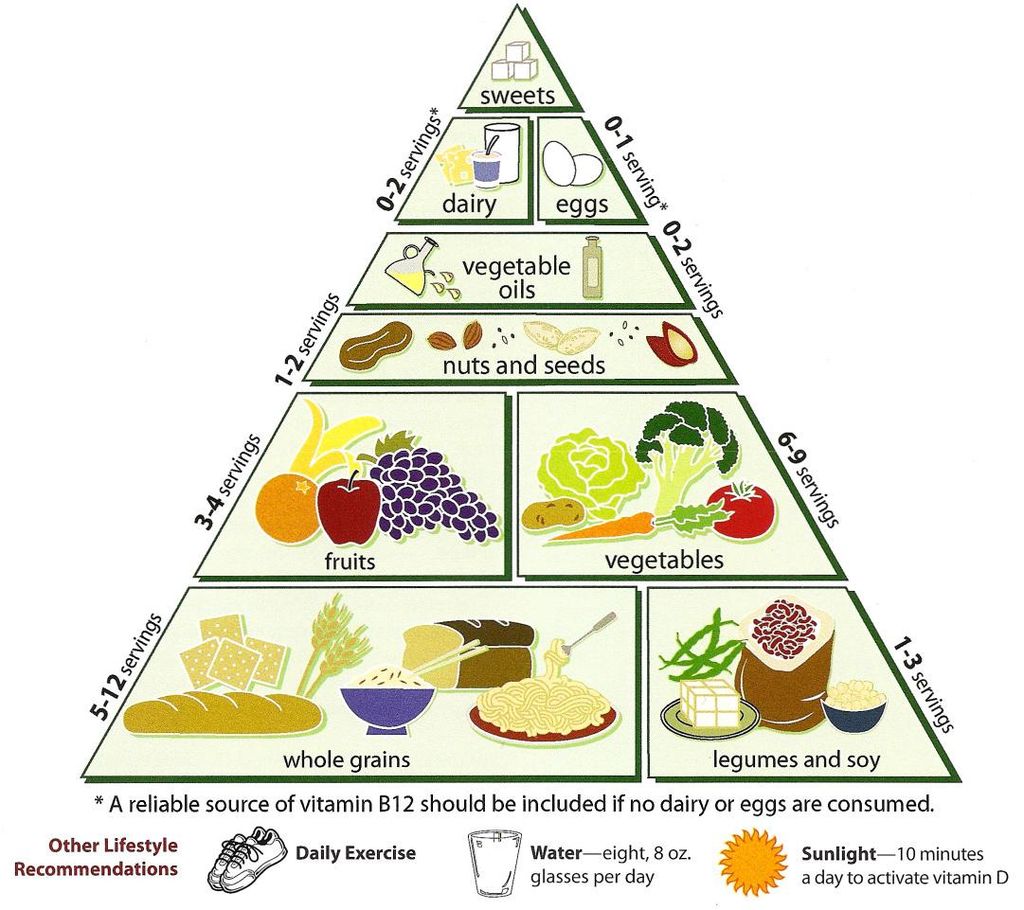There are many reasons to consider a lifestyle shift to vegetarianism. Maybe your conscience is getting the better of you when you think of exploiting animals in factory farm settings. Maybe it’s the advertised health benefits, including better heart health, reduced risk of cancers, weight loss, and a longer life. Vegetarianism has even been connected to slowing climate change, since livestock are some of the largest producers of greenhouse gasses.
Whatever your motivation, moving to a meatless diet is more accessible than ever. Fresh produce is available year-round, and grocery stores and restaurants are offering a variety of new meat alternatives. For some people, the switch may be sudden, while others may have more success with a gradual approach. Either way, there are some factors to consider while converting to a meat-free diet. So, consider these five tips to make the transition to vegetarianism easy, delicious, and nutritious.
1. Know Your Protein
It’s normal to get overwhelmed at the thought of all the foods you can’t eat when becoming vegetarian. Instead, get familiar with the many great sources of plant-based protein you can load into your new diet. Meat substitutes and protein powders are just the beginning. By integrating a good variety of different plant proteins, you’ll ensure you’re getting all the amino acids your body needs.
Beans, peas, lentils, and soybean products like tofu and edamame are fantastic sources of protein at 15-20g per serving. You can keep seeds and nuts handy for convenient protein-packed snacks during the day. Grains like quinoa, wild rice, and oats are also easy ways to include more protein in your meals. Eggs are also a quick and easy option, if you’re going vegetarian rather than vegan.
There are also many great vegetable choices that are full of protein. Brussels sprouts, broccoli, potatoes, and corn all come in at 4-5g of protein per cup. Milk, cheeses, and yogurt are also great options, and have the extra benefit of adding calcium to your diet. Just make sure to choose low-fat varieties to limit your intake of saturated fats.
2. Adjust Your Favorite Recipes
When first making the shift to a vegetarian diet, it might be easiest to start with what you already know and love. Make a list of dishes and meals that you eat that are already free of meat. Veggie pizza, breakfast sans the bacon, or pasta with pesto or alfredo are some options that come to mind.
There are probably even more recipes that you currently use that could be made vegetarian with only minor tweaks. Bean rather than meat chili, stir-fry with tofu instead of chicken, and vegetarian lasagna are all easy but familiar alternatives. It may feel less stressful to continue to include similar foods and meals as you transition away from meat. Keep your pantry stocked with vegetarian staples, and you’ll be less likely to resort to your previous habits.
3. Branch Out
As you become more confident in meatless eating and cooking, you might be inspired to move outside your comfort zone. Getting excited about what you’re making will keep you committed to your new diet while leveling up your culinary skills. You could go out to new vegetarian restaurants. Have the goal of trying one new recipe each week, and keep a record of your new favorite go-to meals.
There are boundless avenues for finding recipes, tips, and tricks for vegetarian cooking and living. Search the internet for fun and interesting new meals. Scour thrift stores for inexpensive vegetarian cookbooks. Visit farmers’ markets for colorful, fresh, and local produce. And don’t forget to explore international cuisines. Stir-fry and curry dishes can be quick, easy, and great for using up older produce hanging around the fridge!
4. Try Meat Substitutes
When it comes to “beefing up” meat-free dishes, there are more options than ever. Tofu and tempeh, both soy products, have been long standing ingredients of most vegetarian diets. Wheat gluten, or seitan, is a great alternative to beef or chicken due to its chewy consistency. Mushrooms are another wonderful option since they have a meaty texture with a savory, umami flavor.
There has been a rise in the production, and subsequent popularity, of meatless meats. Big brands have been filling grocery coolers with everything from burgers and brats to bacon and breakfast sausage. This option will take some experimentation on your part, as not all fake meats are created equal. For some, these meat alternatives are a wish granted, but for many former meat coinsures, they just don’t measure up.
5. Transition Slowly
Like with any major lifestyle change, moving to vegetarianism takes some real adjustment. You may prefer to ease into these changes gradually. For instance, you might try having meat-free Mondays, or begin by eliminating just red meat from your diet. Some people decide to leave fish and seafood in their diet as pescatarians. Others prefer to leave labels off entirely, instead opting to make more meatless choices one meal at a time.
The most important part is that you feel good about yourself and your choices. Be gentle with yourself if you struggle with craving certain foods or if you have an actual slip. If you have concerns about meeting nutritional needs while transitioning, be sure to reach out to a doctor or dietitian.
Whether it’s for the animals, the environment, or your own health, there are many great justifications for choosing vegetarianism. While access to vegetarian dishes and meat alternatives is easier than ever, the change itself can still be daunting. Be gentle with yourself through the transition, educate yourself on good nutrition, and be open to exploring new foods. While vegetarianism isn’t for anyone, you might just find that it works for you!
